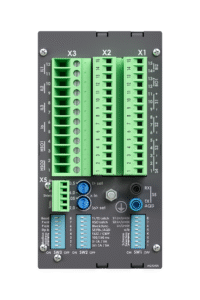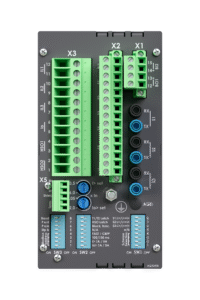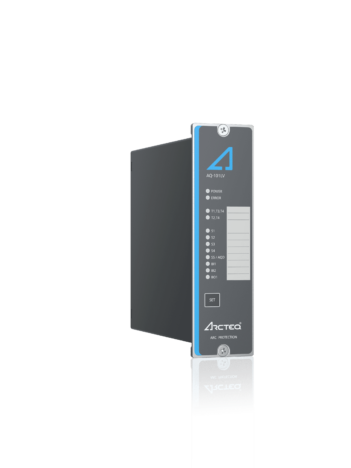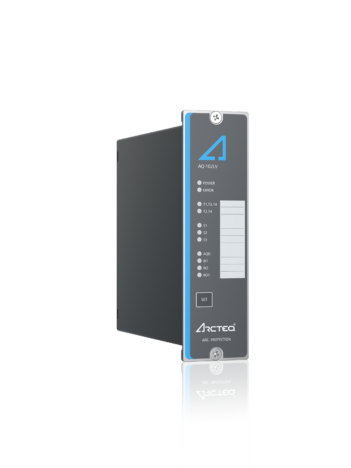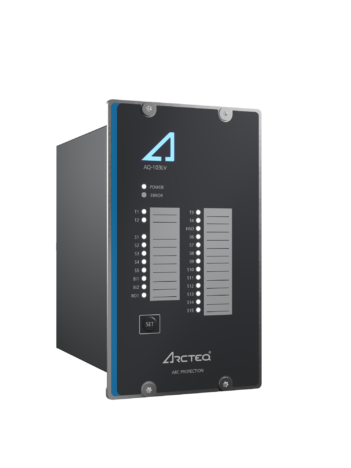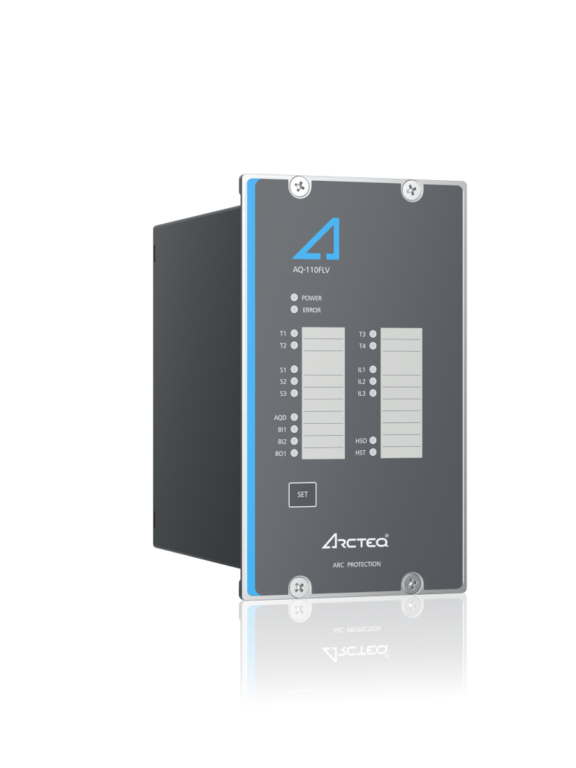
Description
The AQ-110xLV arc flash protection device for low-voltage systems supports both current and light sensing. Acting as the main unit of the arc flash protection system, the AQ-110xLV detects overcurrent in the incoming feeder and a light signal from a sub-unit, or from a light detection sensor connected to the device itself. It then trips the circuit breaker that is the source of the fault current, thereby significantly reducing the damage caused by an arcing fault (arc flash).
The AQ-110xLV devices also support Rogowski sensors, offering superior flexibility and ease of installation, especially for retrofit projects. This feature also enables the expansion of arc flash protection to parts of the switchgear that are not covered by current transformers.
This multipurpose arc flash protection device is suitable for a variety of applications, from stand-alone devices to a main unit of a more complex arc protection system. AQ-110xLV’s Modbus RTU communication enables integrating the arc flash protection system into a SCADA/DCS system directly, or via an AQ 250 protection and control device. This allows for transferring all data about the alarms, sensors, and input/output signals –available locally on the HMI of the arc protection device– to the SCADA/DCS system e.g. according to the IEC 61850 standard.
We offer two (2) variants of the AQ-110xLV arc flash protection device: AQ-110PLV and AQ-110FLV. AQ-110PLV has four sensor channels for point sensors, and can also have one channel for a fiber sensor or for AQD control. AQ-110FLV, on the other hand, has three sensor channels for fiber sensors and can have an additional channel for AQD control. Below you can find a general description of both variants, and compare them to find what fits you the best.
Highlights:
- Supports both current and light sensing.
- AQ-110PLV connects up to 12 point sensor, whereas AQ-110FLV connects up to 3 fiber sensors.
- Supports Rogowski sensors which offers superior flexibility and makes installation easy, especially for retrofit projects.
- Connects to Arcteq’s arc quenching devices for ultra-fast arc flash mitigation.
- Features Modbus RTU communication, which allows integrating the arc flash protection system into SCADA/DCS.
- Has superior isolation level against external disturbances and has been tested at the highest EMC classes.
- Has complete system self-supervision covering all internal system functions (configurations and device health) and external connections (binary inputs and arc sensors).
Learn more about how different protection techniques affect the consequences of an arc flash:
“Arc flash comparison” by Arcteq Relays (https://youtu.be/EUlZ_a_rcIg)




